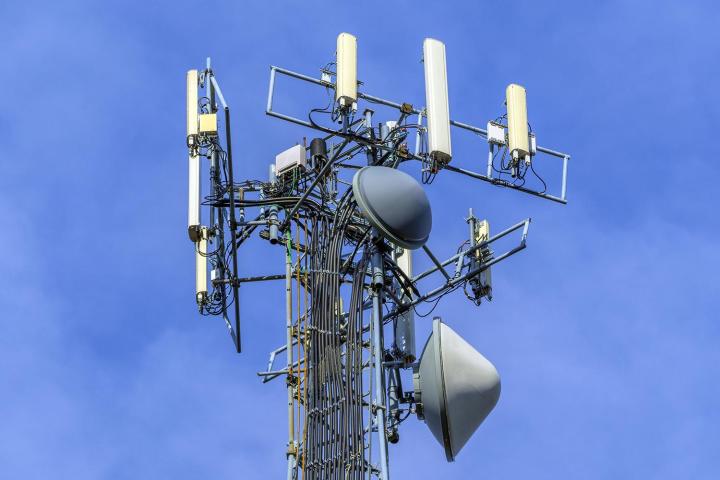
Data My Way, as the name suggests, is all about customization. It’s an account-level setting that lets Ultra Mobile subscribers “tune down” their mobile download speeds to stretch capped data a few days further than it might normally reach — sort of like a voluntary throttle. Customers have the choice of three different data speeds: Super Saver, Optimized, and Full Speed, from which they can switch on the fly via Ultra Mobile’s online dashboard. Super Saver, the most extreme, limits speeds to 1Mbps, while Optimized, the most popular, limits downlink to 1.5Mbps.
It’s an approach distinctive from the content-based throttling of T-Mobile’s One plan, which downgrades video streaming services to standard definition, and Sprint’s Unlimited Freedom plan, which imposes a 500Kbps cap on music and 2Mbps cap on gaming. In contrast, Data My Way throttles traffic indiscriminately. “We don’t monitor our customers’ browsing habits,” Ultra Mobile chief David Glickman told Digital Trends. “We’re looking at a variety of data optimization techniques and data management.”
It’s a superior solution in a mobile environment where “data speeds are faster than you need them to be,” Glickman contended. “If you go to YouTube, it’s going to give you a 1080p HD video — you can’t do anything with that resolution on smartphone.” And it prevents what Ultra Mobile calls “data waste”: data used unintentionally in the course of casual web browsing. “You don’t want to waste LTE data on something that you only watch for a minute,” he said. “It doesn’t matter if you lose interest in it — when you open a YouTube link, the video will keep loading.”
The savings can be substantial. The average Ultra Mobile subscriber consumes an average of 20 percent less data across the board, partially because customers begin to change their browsing habits. “People become more efficient [in their browsing],” he said.
In light of the multimillion-dollar fines imposed by U.S. Federal Communications Commission on carriers accused of slowing customers’ data speeds, throttling’s become a loaded term, these days. But Glickman’s confident that transparency will be the key to Data My Way’s success. “We see it as a universal benefit for Ultra Mobile subscribers,” Glickman said. “It’s a part of our core service — we’re looking for unique services to offer our customers.”
Ultra Mobile’s confident enough in its potential that it’s enabling Data My Way for all new subscribers. Customers will see Optimized throttling option enabled until they see fit to change or disable it.
Ultra Mobile offers low-cost talk, text, and data packages. Its most popular plan, which starts at $19 a month, includes 100MB of 4G LTE data and offers unlimited calling and texting throughout the United States and to 11 countries including Canada, China, Mexico, and the United Kingdom. It’s pricier, $29-$59 offerings include free international calling to more than 60 countries and larger data buckets for heavy data users.
Much of Ultra Mobile’s customer place a lot of calls internationally, Glickman said. “They’re people in the United States who need to stay in touch with a loved on back home.” It aligns with the carrier’s mission: to provide convenient and affordable solutions that connect people with their extended families, friends and colleagues living around the world.
Editors' Recommendations
- T-Mobile suffers massive data breach … again
- T-Mobile’s 5G Ultra Capacity network has four times the coverage of Verizon and AT&T
- T-Mobile investigating claims of massive hack involving customer data
- Samsung’s Find My Mobile app now works even when your lost phone is offline
- Glastonbury festivalgoers use enough mobile data to take 51 billion selfies

